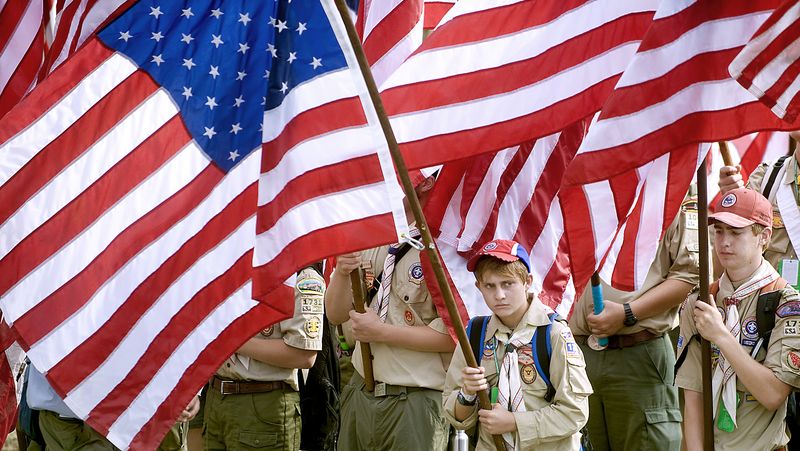Americans ‘Bowling Alone’ a Warning for Civil Society

Are Americans becoming less attached to their communities?
Once paragons of American life, time-honored organizations such as the Boy Scouts and parent-teacher associations are witnessing a dramatic decline in membership. In a 2000 seminal work, Bowling Alone: The Collapse and Revival of American Community, Harvard political scientist Robert Putnam employs a wide array of data to show how civil society in America has gradually deteriorated over the past 50 years.
Putnam contends that the main catalyst is the decline of social capital, which he defines as the “collective value of all ‘social networks’ [who people know] and the inclinations that arise from these networks to do things for each other [‘norms of reciprocity’].”
His analysis is nothing short of exhaustive, providing data from the 1930s up until the late 1990s, detailing how participation in organizations ranging from the Lions Club to political parties has dwindled. In addition, Putnam demonstrates there is a generational component to this trend. Both the Baby Boomers and Generation X broke away from the standards set by their Greatest Generation predecessors, and began to detach themselves from civil-society functions.
Putnam argues that this detachment is largely due to the individualization of leisure time through the advent of television and the internet. In the same vein, modern work environments and long commutes have contributed to America’s declining civic life, he claims.
Although Bowling Alone does not disappoint in providing data, it falls a bit short regarding policy examples that might have worsened the effect. Problems also emerge from Putnam’s analysis of consumer trends. It may be true that some technologies take up people’s time and prevent socialization, but humans adapt and find new ways to associate with one another. Journalist Nicholas Lemann validly challenges Putnam’s analysis by illustrating how Americans in the 1990s shifted from bowling leagues to youth soccer leagues as a way of bonding.
Bowling Alone, despite flaws here and there, is still relevant as a tool to explore phenomena such as the opioid epidemic and the social decay prevalent in the African-American community. Declines in social capital could also have played a significant role in the growth of extremist groups like Antifa and Black Lives Matter, and the resurgence of white nationalism in the United States.
When civil society thrives, individuals from different ethnicities, religions, and socio-economic backgrounds rub elbows with each other and learn to peacefully coexist. Such exchanges allow for the development of harmony between otherwise conflicting groups. But when these bonds are broken, there is a human tendency to fall back to tribalism, which stifles social cooperation, erodes social trust, and leads to anti-social behavior.
Bowling Alone, even if the data slightly overplays lifestyle changes, reminds us of the importance of maintaining a healthy civil society. Without a system that fosters cooperation and lets people freely associate with one another, America would fall apart.
There is still hope on the horizon, given Americans’ ability to adapt in the face of new challenges. Nevertheless, Bowling Alone serves as a necessary wake-up call to those interested in maintaining a healthy societal fabric.








